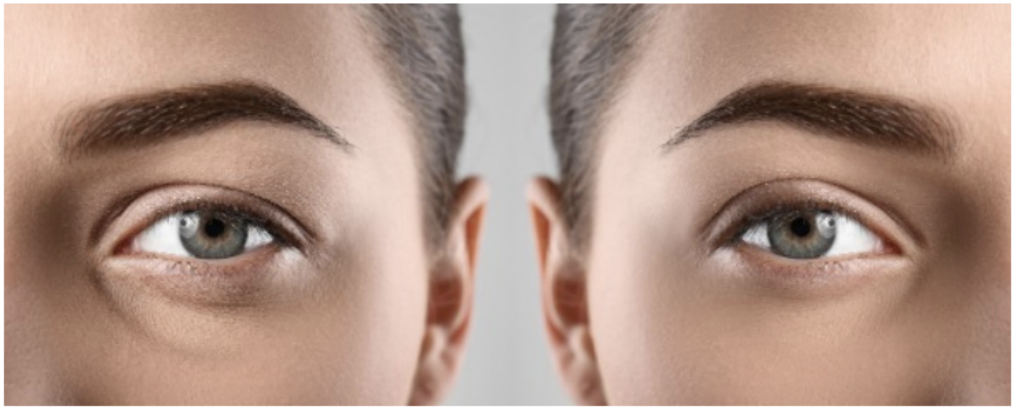
Upper Blepharoplasty Recovery Photos Day by Day
Are you considering upper blepharoplasty to rejuvenate your appearance? Join us as we delve into the complete healing journey after eyelid surgery through a patient's experience, complete with upper blepharoplasty recovery photos day by day.
Are you considering upper blepharoplasty to rejuvenate your appearance? Join us as we delve into the complete healing journey after eyelid surgery through a patient's experience, complete with upper blepharoplasty recovery photos day by day.
Key Takeaways
- Upper blepharoplasty is a surgical procedure that removes excess skin from the upper eyelids.
- Swelling and bruising can be expected in the initial days of recovery, while gradual improvement and stitches removal will occur over seven days.
- Weeks 4-6 mark semi-full recovery with sun protection and skincare recommended to maintain results. The scar will continue to lighten for up to a year. Avoid UV light to prevent scar darkening.
Understanding Upper Blepharoplasty
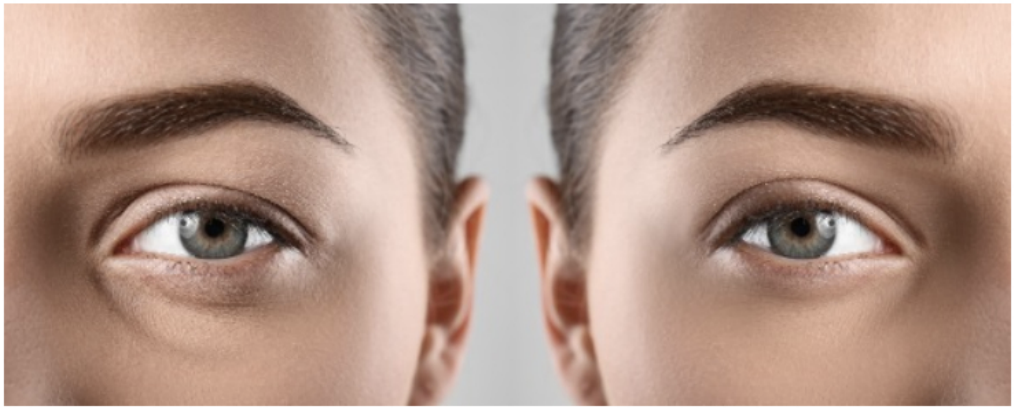
Upper blepharoplasty, also known as upper eyelid surgery, is a procedure that addresses hooded upper eyelids by removing excess skin and revealing a more youthful appearance. Patients often consider both upper and lower eyelid surgery to achieve a balanced and rejuvenated appearance. Patients often consider this surgery in their late 30s and seek the guidance of a cosmetic surgeon. Here at Leva Medical Dr Jean-Paul Leva preforms this procedure.
This surgical treatment offers numerous benefits, such as:
- Revealing more of the eyelid
- Creating a balanced look
- Reducing the weight of the upper lids
- Potentially helping to increase blood flow to the area
During the consultation appointment, Dr Leva will provide detailed information about the actual surgery, including the surgical procedure, and the recovery process.
What is Upper Blepharoplasty?
Preparing for Your Upper Eyelid Surgery
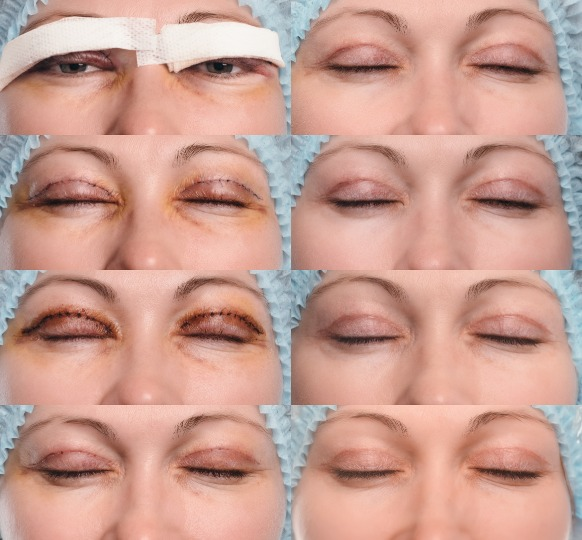
1. Pre-Surgical Consultation and Education:
- Procedure Overview: During your consultation, I will provide a comprehensive explanation of the surgical procedure along with detailed post-operative care instructions. A clear understanding of these elements is essential for a smooth and successful recovery.
2. Medication and Supplement Adjustments:
Medications to Avoid: Please discontinue any medications that may increase bleeding risk, such as aspirin, ibuprofen, and other NSAIDs, prior to surgery. Be sure to inform me of all current medications and supplements you are taking.- Supplements to Avoid: Avoid taking supplements like Omega-3 and Vitamin E, as they can also contribute to increased bleeding. We will tailor this advice to your specific case during our consultation.
3. Day-of-Surgery Preparations:
- No Creams, Makeup, or Lotions: On the day of your procedure, do not apply any creams, lotions, or makeup to your face. This helps maintain a sterile surgical area and reduces the risk of infection
- Responsibility Management: Address any major personal or professional responsibilities well ahead of your surgery date.
- Home Readiness: Prepare your home with easily accessible meals and daily essentials to minimize physical strain during recovery.
- Childcare Plans: If you have children, ensure that childcare arrangements are in place for at least the first week post-surgery.
5. Post-Surgery Recovery Tips:
- Sleeping Position: For optimal healing and to minimize swelling, sleep on your back with your head elevated.
Pre-Surgery Checklist
Before undergoing upper blepharoplasty, it's essential to prepare yourself for the procedure and the recovery process. Here's a pre-surgery checklist to help you get started:
- Medical Clearance: Get a full medical evaluation from your primary care physician if required. This ensures you're healthy enough to undergo surgery safely and minimizes the risk of complications.
- Lab Tests: Complete any lab work or medical testing recommended by your surgeon, such as blood tests or imaging, well in advance of your surgery date.
- Healthy Diet: Maintain a balanced diet rich in vitamins and protein for several weeks before surgery to support your body’s healing process.
- Avoid Alcohol: Stop drinking alcohol at least 72 hours before your surgery. Alcohol can interfere with anesthesia and increase bleeding risks.
- Fasting Guidelines: Follow your surgeon’s instructions about eating and drinking before surgery. You will likely need to stop eating at least 8 hours before the procedure.
- Comfortable Clothing: Wear loose, comfortable clothing on the day of surgery, preferably something that zips or buttons in the front to avoid lifting your arms after surgery.
A Day-by-Day Guide to Upper Blepharoplasty Recovery
This segment offers an in-depth analysis of the recovery timeline, highlighting daily progress, symptoms, and milestones to guide you through your healing process following upper blepharoplasty surgery. Ensuring you get a good night's sleep is crucial for optimal recovery, as adequate rest significantly aids the healing process.
Days 1-3: Initial Swelling and Bruising
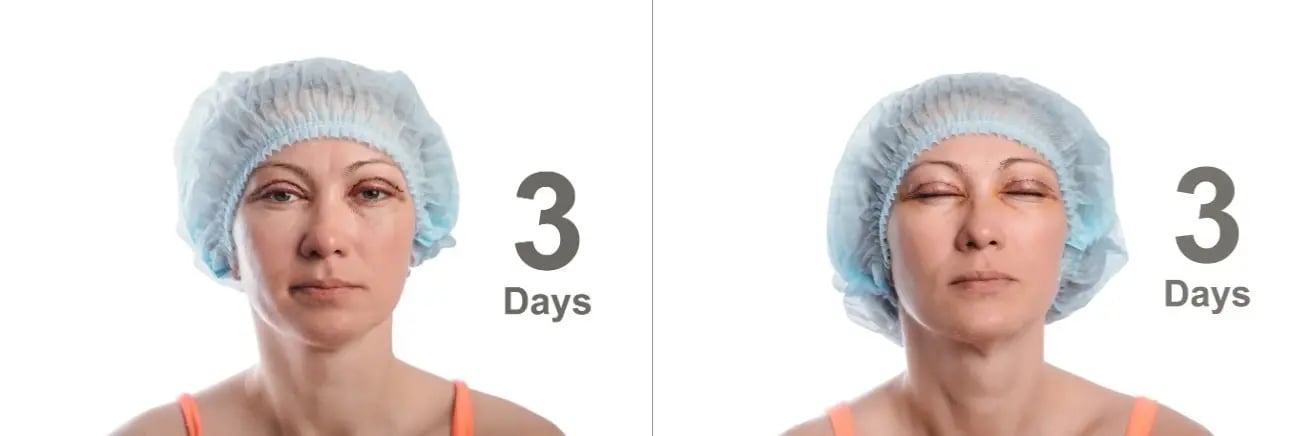
This segment offers an in-depth analysis of the recovery timeline, highlighting daily progress, symptoms, and milestones to guide you through your healing process following upper blepharoplasty surgery. Ensuring you get a good night's sleep is crucial for optimal recovery, as adequate rest significantly aids the healing process.
During the first few days after your eyelid surgery, you can expect swelling and bruising to occur. To minimize discomfort, apply ice in 15-minute intervals as needed. These should be cold but not frozen as to precent thermal damage to the skin. Remember, each person's healing process is unique, and some might experience longer-lasting bruising than others. Swelling and bruising typically occur in the early stages of upper blepharoplasty recovery. Adhering to your surgeon's advice and giving priority to rest is key for successful healing.
Days 4-7: Gradual Improvement and Stitches Removal

During the second week of recovery, you'll experience continued healing, with bruising around the eyes subsiding within 1-2 weeks. By the end of this period, most patients can return to work and daily activities, although it's crucial to avoid excessive physical activity and heavy lifting.
Maintaining a balanced diet, abstaining from alcohol and smoking, and keeping your head elevated while sleeping for at least 3-4 weeks will help to minimize eyelid swelling. A structured recovery strategy is crucial for achieving optimal results from your upper blepharoplasty surgery.
Weeks 3-4: Final Results and Full Recovery
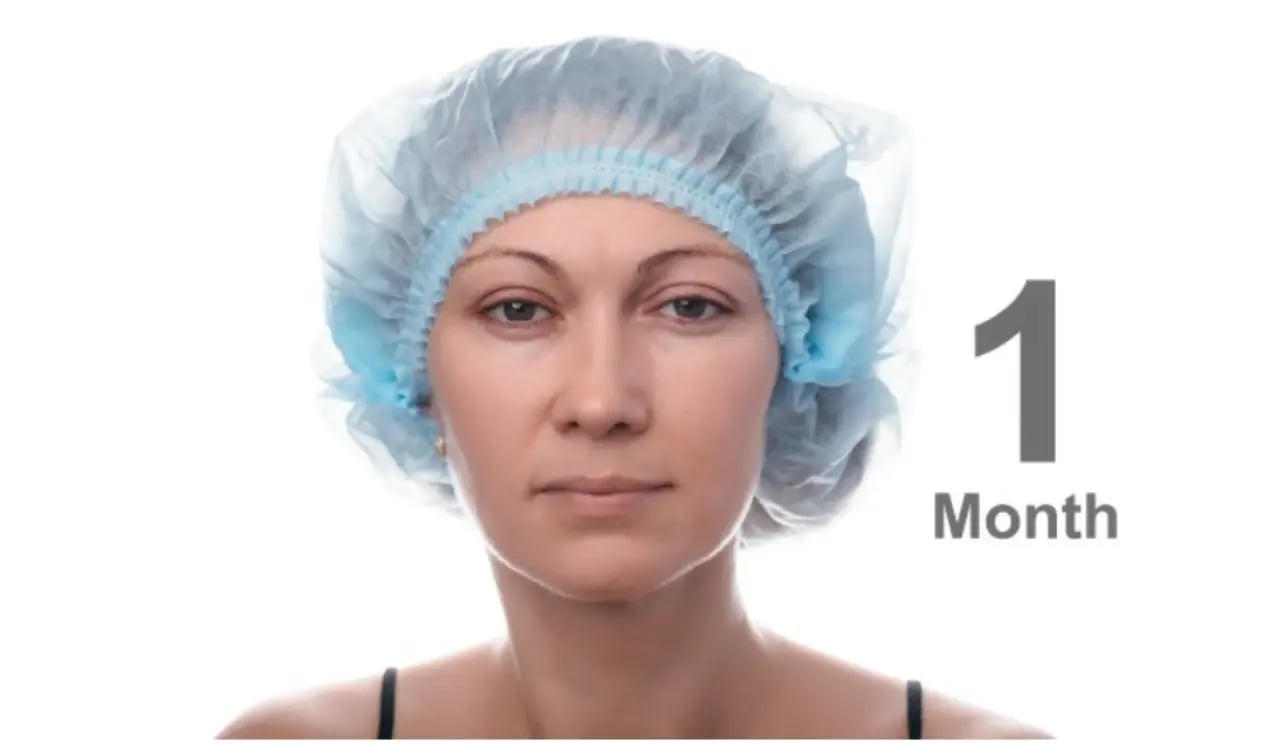
By weeks 3-4, most patients experience the majority of healing and can enjoy the semi-final results of their upper blepharoplasty. Swelling and bruising should have diminished significantly, and any drainage or separation at the suture lines should have disappeared.
To sustain the success of your surgery and the renewed look of your eyelids, heed your surgeon's recommendations on sun protection and skincare. Strict compliance with these suggestions ensures the enduring benefits of your upper blepharoplasty.
Tips for a Smooth Recovery Process
Adhering to your surgeon's guidelines during the post-surgery recovery period is key to a successful recuperation and minimizing potential complications. Emphasize rest and getting a good night's sleep, as not getting enough sleep can hinder wound healing. A good night's sleep is crucial for optimal recovery, as it allows your body to heal more effectively.
Maintain a healthy diet, abstain from consuming:
- alcohol
- salty and processed foods
- aspirin
- ibuprofen
- other non-steroidal anti-inflammatory medications
Wound Care
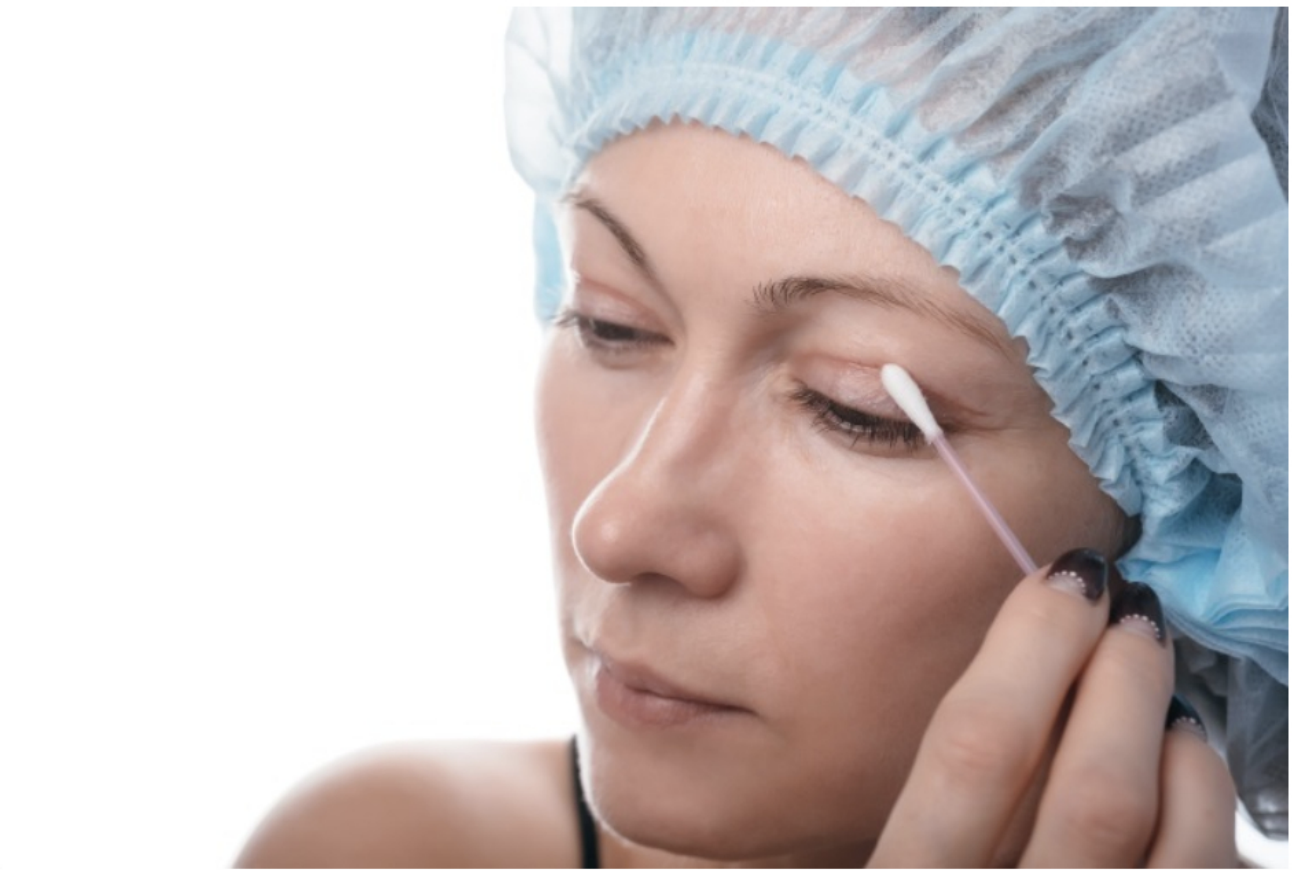
- For the first two weeks, use antibiotic ointment as directed to prevent infection. This can be applied with a Q-Tip
- After the first two weeks when all the scabs have fallen off, switch to using silicon scar gel. This can aid in the healing process and improve the appearance of scars.
Final Thoughts on Upper Blepharoplasty Recovery
Recovering from upper blepharoplasty surger patience, rest, and careful attention to your body's needs. By following your surgeon's instructions and taking the necessary precautions, you can ensure a smooth and successful recovery. Remember to:
- Rest: Get plenty of rest and avoid strenuous activities for at least a week. This allows your body to focus on healing and reduces the risk of complications.
- Head Elevation: Keep your head elevated, especially while sleeping, to help reduce swelling and promote proper healing. Use extra pillows or a wedge pillow for support.
- Cold Compresses: Apply ice packs or cold compresses gently to the surgical area during the first 48 hours. This helps minimize bruising and swelling and improves comfort.
- Avoid Intensive Exercise: Avoid heavy lifting, bending, or vigorous physical activity for at least two weeks. Increased blood pressure can worsen swelling and delay healing.
- Healthy Diet: Maintain a balanced diet rich in vitamins, protein, and hydration. Good nutrition supports tissue repair and helps your body recover faster.
- Follow-Up Appointments: Attend all scheduled follow-up visits with your surgeon. These appointments are important for removing stitches (if necessary) and monitoring your healing progress.
Summary
Upper blepharoplasty can rejuvenate your appearance and boost your confidence. By understanding the procedure, adequately preparing for surgery, and diligently following your surgeon's advice during the recovery process, you can enjoy a smooth healing journey and achieve the best possible results.
Last Updated: Aug 6, 2025
Last Updated: Aug 6, 2025
FAQs
How long does it take to look normal after upper eyelid surgery?
Will you look different after upper eyelid surgery?
How long do you have to sleep sitting up after eyelid surgery?
How long will my vision be blurry after blepharoplasty?
How to clean eyelids after eyelid surgery?
Schedule My Meeting
Location*
Doctor*

-2.jpg?width=2000&height=2000&name=Copy%20of%20YouTube%20Thumbnail%20-%20Life-Changing%20Cosmetic%20Surgery!%20(Document)-2.jpg)

